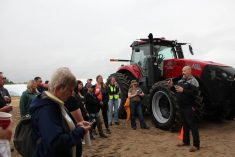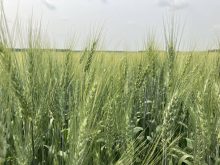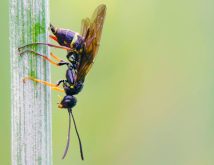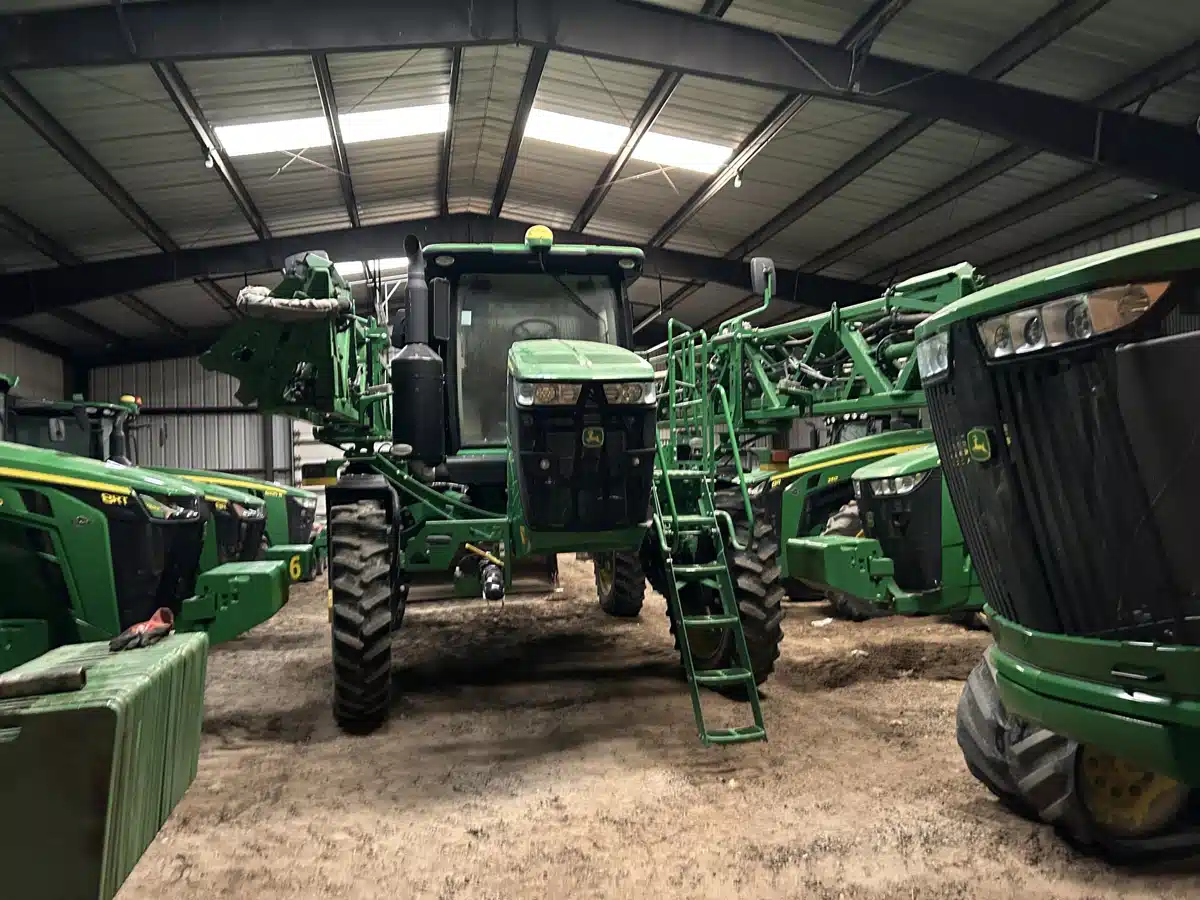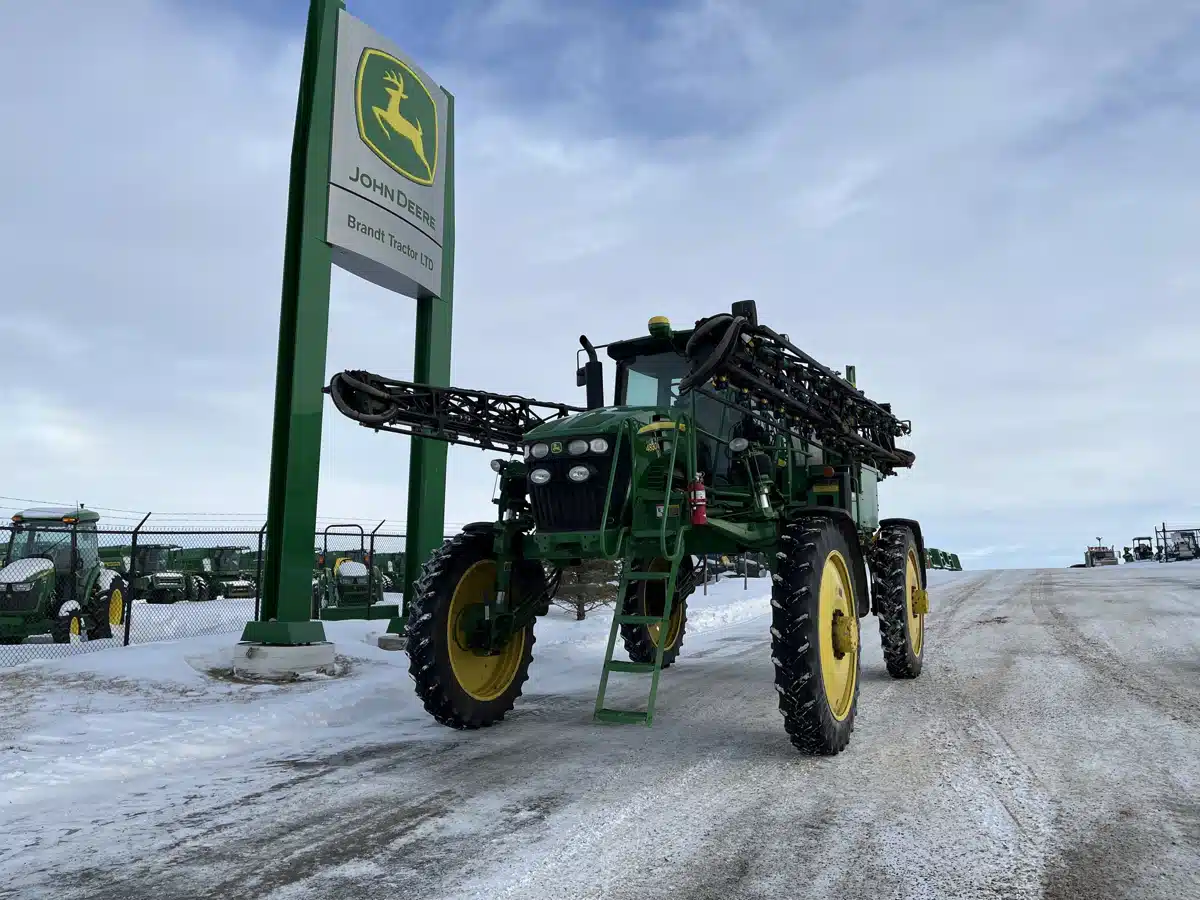Green-on-brown herbicide sprayer technology shows promise but some growers remain reluctant to embrace it.
A study recently conducted by Olds College of Agriculture and Technology and its Centre for Innovation was aimed at making that decision a little easier for farmers. It explored the practicality and functionality of green-on-brown sprayer technology as well as the agronomic and economic benefits when used as part of pre-seed burnoff weed management.
“Having something like this, something other than a conventional sprayer, it’s a costly unit and it’s an additional cost to growers,” says Shabeg Briar, a research scientist at Olds College who helped conduct the study.
Read Also
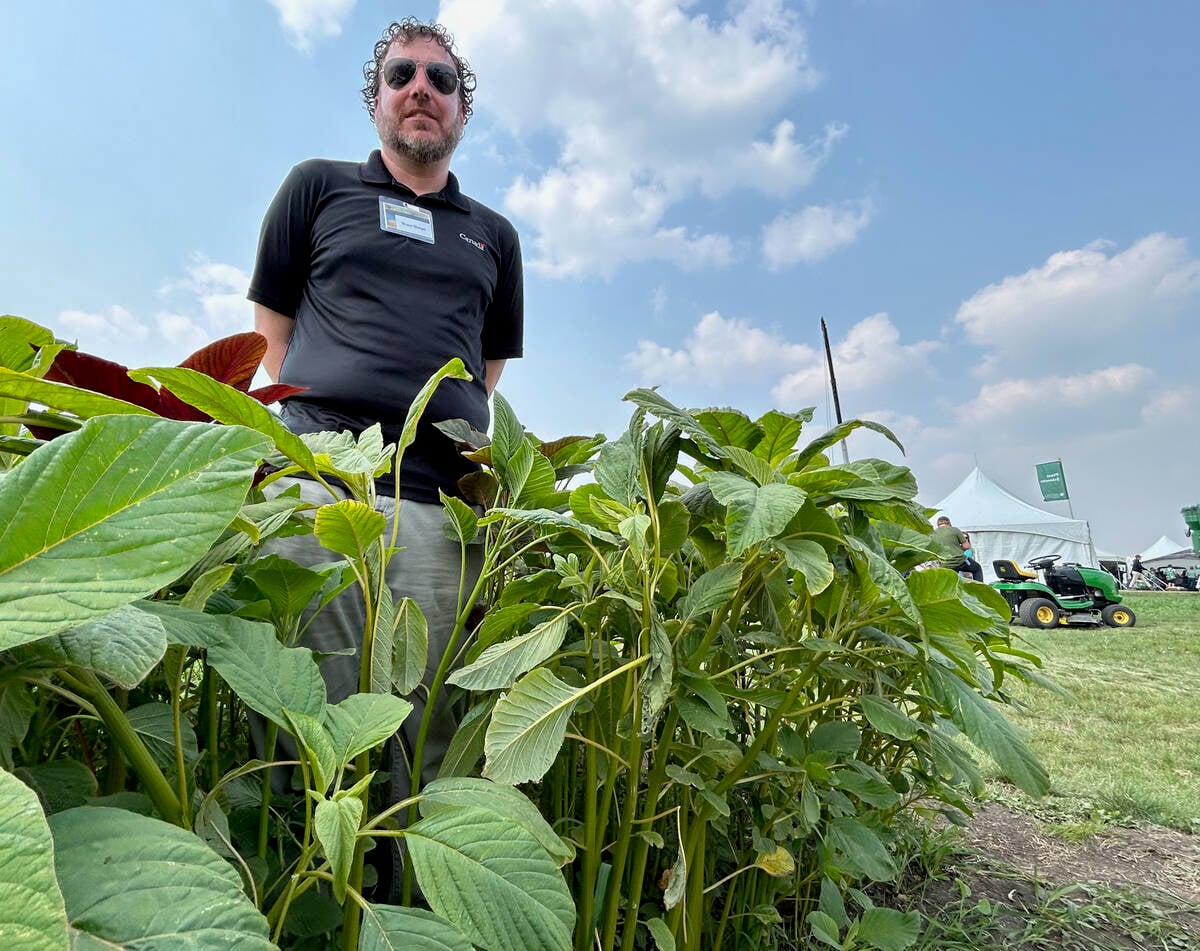
Glufosinate-resistant waterhemp appears in U.S. Midwest
News of glufosinate-resistant kochia in the U.S. is concerning as farmers are losing options to control waterhemp, also of the pigweed family.
“The main thing we wanted to do was to provide information to growers about is it economical? How much chemical savings will there be? I think these are very important questions and there had really been no statistically valid field testing done before, at least as far as Alberta.”
The three-year study began in 2020 with initial in-lab functionality and performance evaluations. In-field testing was conducted at two fields on the Olds College campus in 2021 and 2022.
Two crops were chosen: canola in 2021 and barley in 2022. Briar says those are two of Alberta’s most common crops and are often grown in conjunction with pre-burn applications.
In the first year of the study, volunteer barley, dandelion, wild buckwheat, chickweed and lamb’s quarters were the most common weed types. That changed in the second year when barley was planted into canola stubble and the majority of the weeds (about 90 per cent) were volunteer canola, although dandelions, chickweed and lamb’s quarter also had a presence.
All testing conducted as part of the study was performed using a 24-foot Weed-It Quadro precision sprayer that uses a series of optical sensors to detect and eliminate weeds. Briar says Olds College collaborated in the past with Croplands, which owns the Canadian rights to Weed-It technology, and the company was eager to work with the school again to discover potential improvements to its equipment.

A real test
The project differed from other similar studies because it involved actual field testing, which Briar says is the only way to accurately simulate growing conditions and other challenges.
“This is the first time that we did field testing (of sprayers) in a replicated field trial,” he says. “Usually, most of the studies are either demos or just one or two strips and they are not statistically valid studies. This is the only study where we not only did very long strips but they were also replicated four times.”
Three spray modes were used: full spray, spot or precision spray and bias or dual spray (both full and precision spraying). A control treatment with no herbicide spray was also used.
In the first trial with LibertyLink canola, a herbicide application rate of 10 gallons per acre was used with a tank mix of Conquer II (Groups 14 and 16) and glyphosate (Group 9). It was applied two days before seeding on May 21, 2021.
Briar says the most notable finding with pre-seed precision spraying for canola was a huge reduction in herbicide volume compared with the full spray mode. In one field it reduced herbicide amount by 97 per cent and in another reduction was 82 per cent.

No effect on yield
There was little difference in yield between spot spray mode and full spray mode, Briar adds. In addition, the bias mode delivered a 26 per cent reduction in the amount of chemical used.
The same 10-gallons-per-acre application rate was used for the field trials with CDC Austenson barley conducted in 2022. A pre-seed tank mix of Roundup (Group 9) and Paradigm (Groups 2 and 4) was applied May 25, six days before seeding.
Once again, results showed a substantial decrease in the amount of herbicide used in the spot spray mode. In one field the reduction was 88 per cent compared with full spray mode and in the other it clocked in at 98 per cent. There was no difference in yield between spot and full spray modes.
Tom Wolf, a Saskatoon-based spray application specialist, served as an investigator for the study and planned some of the experiments. He says he wasn’t surprised by the results.
“These sprayers are becoming more widely used by farmers because they actually do work. They save herbicide and provide equivalent weed control to broadcast sprays, for the most part.”
Briar says one surprise in the barley field tests was that the bias spray mode used slightly more chemical than the full spray mode. He attributes that to the volunteer canola — the bias mode sprayed extra chemical every time it was detected.
“I think that is perhaps something that needs to be worked out by the manufacturers. The technology has to improve,” he says.
The sprayer had a problem detecting weeds that were smaller than two square centimetres. Briar says that is a particular problem with volunteer canola plants, which can be as small as one centimetre when they emerge.
“That is something where the technology has to be far more precise. It should be able to spray way more smaller seedlings coming out of the ground. I think there is room for improvement. I’m sure as we speak there are a lot of improvements (being made),” he says.
Minimizing herbicide overuse
Briar says results show that if a combined pre-seed burnoff and in-crop herbicide application is deemed essential for a farm, a precision sprayer could minimize herbicide overuse, especially during the pre-seed burnoff application.
Like most studies, Briar says this one raised as many questions as it answered. Among them are the effect of spraying when there are no weeds above ground, how to best make use of residual herbicides and the possibilities for spot spray technology in post-harvest applications.
The college is in the process of submitting a new grant application to answer those questions as part of a longer-term study, he adds.




